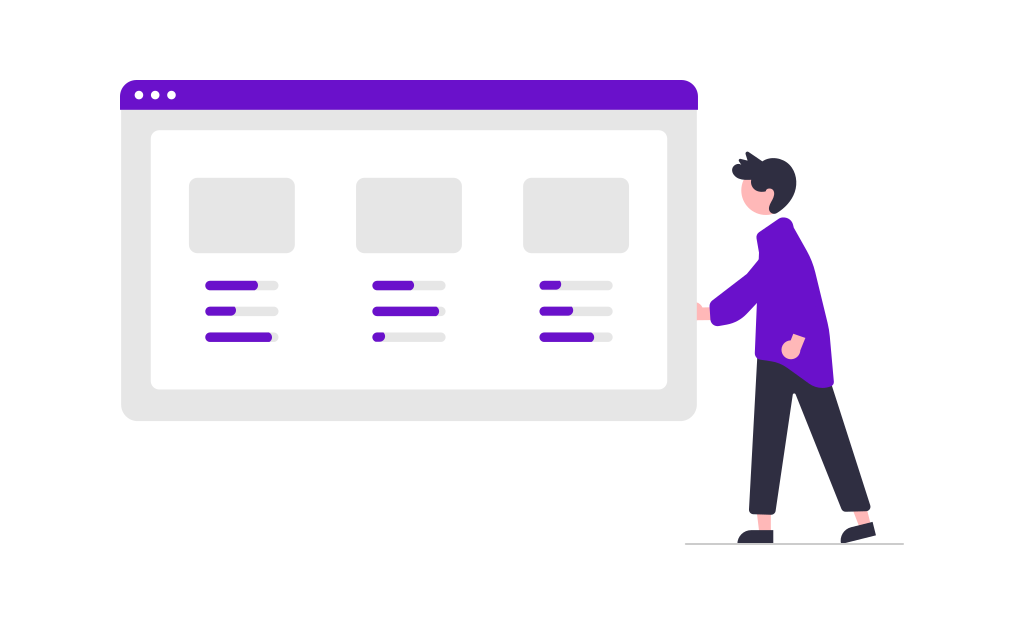In the ever-evolving landscape of industrial markets, businesses must continually adapt and innovate to maintain a competitive edge. One of the most effective ways to achieve this is through advanced industrial market segmentation. Moving beyond basic segmentation methods, advanced techniques allow businesses to identify nuanced market opportunities and develop more precise strategies. This blog delves into these sophisticated approaches, offering insights on how to implement them to drive significant business growth.
Embracing Data-Driven Segmentation
The foundation of advanced market segmentation lies in data. Leveraging big data and analytics, businesses can gain deeper insights into customer behavior and market trends. By integrating data from various sources—such as CRM systems, social media, and IoT devices—companies can create a comprehensive view of their market. This holistic perspective enables more precise segmentation based on real-time data, rather than static criteria.
Utilizing Machine Learning Algorithms
Machine learning algorithms can transform the segmentation process by identifying patterns and correlations within large datasets that might be missed by human analysis. Techniques such as clustering algorithms (e.g., k-means clustering) can group customers into segments based on similarities in behavior, preferences, and needs. This automated process not only increases accuracy but also allows for dynamic segmentation that evolves with changing market conditions.
Behavioral and Psychographic Segmentation
While traditional segmentation often focuses on demographic and firmographic criteria, advanced techniques delve into behavioral and psychographic factors. Behavioral segmentation analyzes customers' interactions with products and services, identifying patterns such as purchase frequency, product usage, and engagement levels. Psychographic segmentation, on the other hand, considers factors like company values, culture, and decision-making processes. These deeper insights help in creating more personalized and effective marketing strategies.
Incorporating Predictive Analytics
Predictive analytics takes segmentation to the next level by forecasting future behaviors and trends. By analyzing historical data, businesses can predict which segments are likely to grow, which products will be in demand, and which marketing strategies will be most effective. This proactive approach allows companies to allocate resources more efficiently and stay ahead of the competition.
Geographic Information Systems (GIS)
Geographic segmentation becomes far more powerful with the use of Geographic Information Systems (GIS). GIS technology enables businesses to visualize and analyze spatial data, revealing geographic patterns and trends that impact market segmentation. For instance, companies can identify regional preferences, optimize supply chain routes, and tailor marketing campaigns to specific locations.
Implementing Multi-Channel Analysis
In the digital age, customers interact with businesses through multiple channels—websites, social media, email, and more. Multi-channel analysis integrates data from all these touchpoints, providing a cohesive view of customer behavior. This comprehensive analysis helps businesses understand how different segments engage across various platforms and adjust their strategies accordingly to enhance customer experience and engagement.
Integrating Customer Feedback and Sentiment Analysis
Customer feedback is a goldmine for segmentation insights. Advanced techniques include sentiment analysis, which uses natural language processing (NLP) to analyze customer reviews, surveys, and social media comments. Understanding customer sentiments helps in identifying pain points, preferences, and areas for improvement, allowing for more targeted and effective segmentation.
Leveraging Account-Based Marketing (ABM)
For B2B companies, Account-Based Marketing (ABM) offers a refined approach to segmentation. ABM focuses on identifying and targeting high-value accounts with personalized marketing efforts. Advanced ABM strategies use data analytics to identify key accounts, understand their specific needs, and develop tailored campaigns that resonate with decision-makers within those accounts.
Conclusion
Advanced techniques in industrial market segmentation provide businesses with the tools needed to navigate complex markets and drive growth. By embracing data-driven methods, machine learning, behavioral insights, predictive analytics, GIS, multi-channel analysis, sentiment analysis, and ABM, companies can achieve a higher level of precision in their marketing efforts. This not only enhances customer engagement but also ensures that resources are used efficiently, ultimately leading to sustained business growth.


